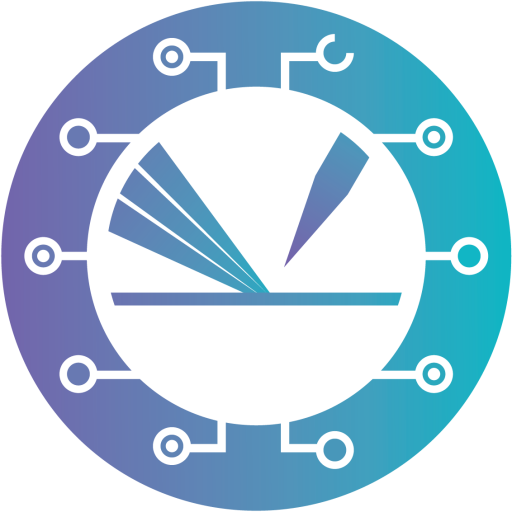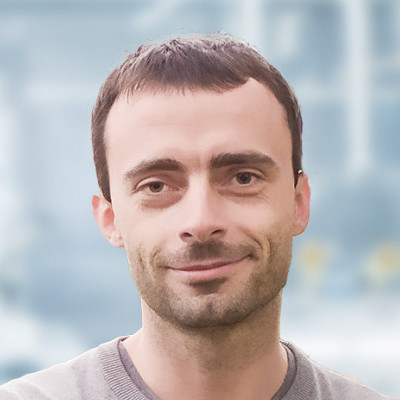Peter Matvija
Charles University Prague, Czechia
Department of Surface and Plasma Science
Tuesday, 08th March 2022,16:00 s.t.
The talk will be given in a hybrid mode.
You can either join via Zoom:
https://tuwien.zoom.us/j/96062751637?pwd=ZkRUWnlkUFFZb2pEdm55ZzFteTBNdz09
Meeting ID: 960 6275 1637 Passcode: 9ANd8XWj
Or you attend in physical presence:
TU Wien, Institute of Applied Physics,
Wiedner Hauptstraße 8-10, 1040 Vienna
Yellow Tower “B”, Seminar Room DB 05 B (5th floor)
Dynamic surface processes viewed by scanning tunneling microscopy
Scanning tunneling microscopy (STM) has at its core a very simple idea: a sharp metallic needle is approached very close to a conductive surface while a bias voltage between the tip and the surface is applied. Thanks to this simple principle a wide variety of surface structures and processes have been studied and revealed.
To keep surfaces clean and to keep atoms stationary during the measurement, STM experiments are often carried out in ultra–high vacuum and cryogenic temperatures. It makes experiments simpler and makesresults easier to interpret. However, it also makes experiments more distant from applications that usually operate at room (or higher) temperature and in atmospheric (or higher) pressure.
In this talk, we will present the results of two sets of STM studies executed either at room (or elevated) temperature or at elevated pressure. The first set of studies deals with the interaction of organic molecules with metal–passivated silicon surfaces, in particular interaction of Cu–phthalocyanine molecules (CuPc) with the thallium–passivated Si(111) surface. CuPs molecules form a 2D molecular gas on the surface. We will show how the gas can be directly visualized and affected by means of the STM. The second part of the presentation will be devoted to catalytically active surfaces imaged by near–ambient pressure STM. We will demonstrate that the elevated gas pressure can induce restructuring of a surface and we will discuss the consequences of the restructuring for a chemical activity of studied surfaces.
Bio of Peter Matvija
Peter Matvija is an Assistant Professor at the Department of Surface and Plasma Science at the Charles University in Prague. He received his doctorate in the field of physics of surfaces and interfaces at the Charles University in 2018. His recent publications include “Pair Correlation Function of a 2D Molecular Gas Directly Visualized by Scanning Tunneling Microscopy” (J. Phys. Chem. Lett., 8 (17): 4268–4272, 2017) or “Electric–field–controlled phase transition in a 2D molecular layer” (Sci. Rep., 7 (4 Aug): Art. No. 7357 (8 pages), 2017). His research interests involve dynamic surface processes and near–ambient pressure scanning tunneling microscopy.

